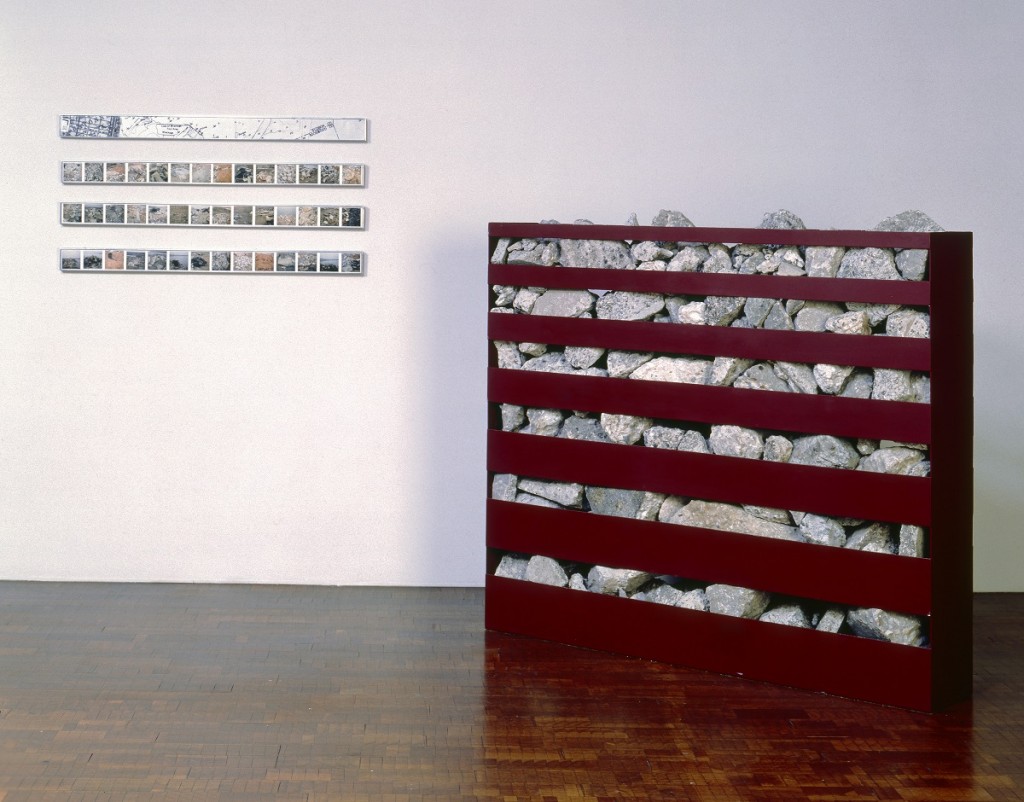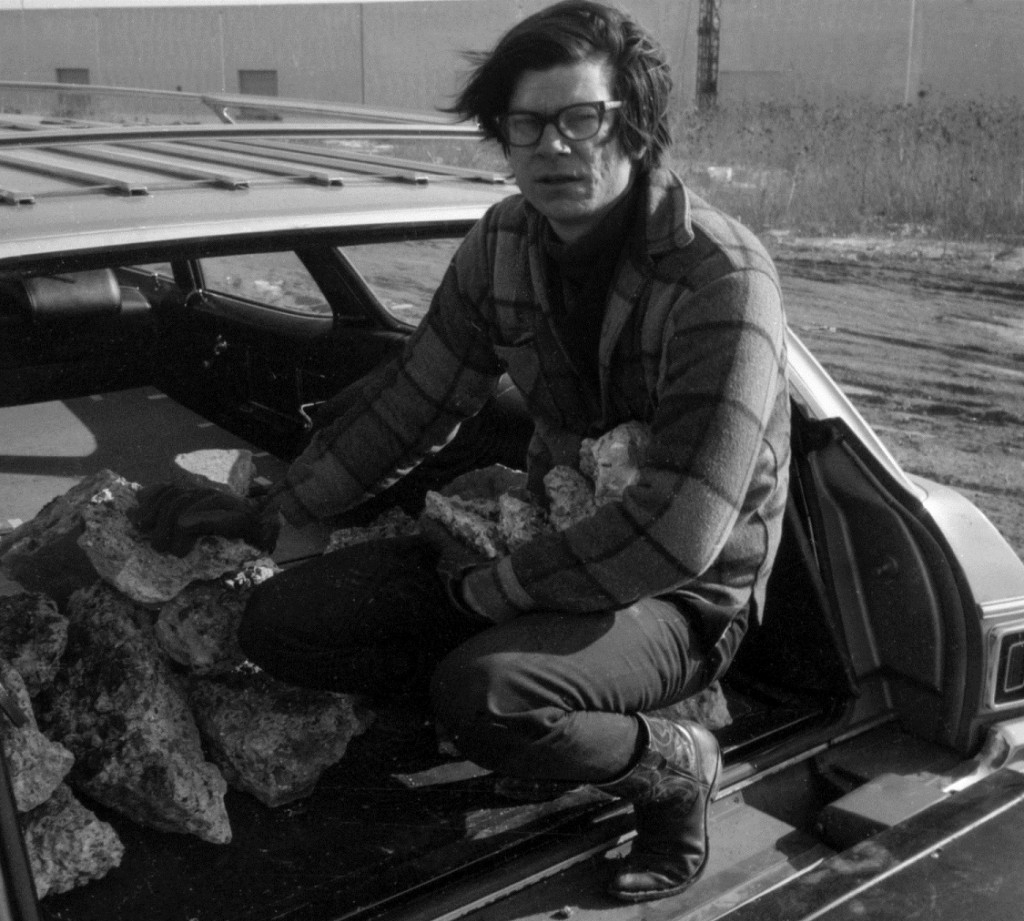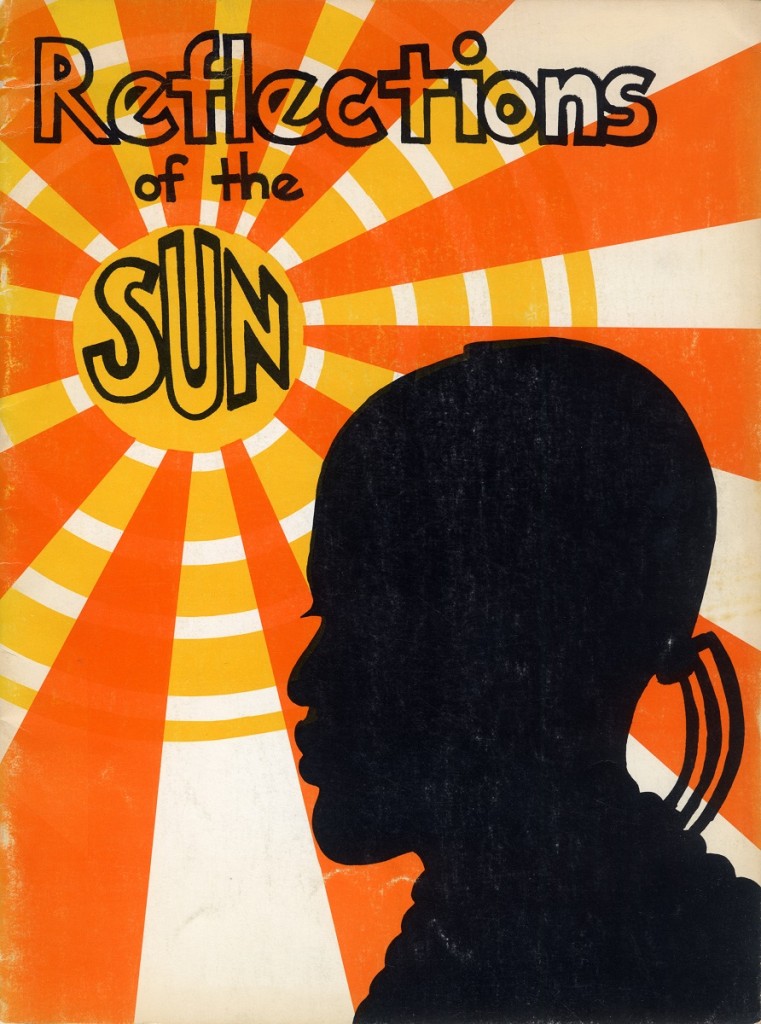Essential Viewing for New Jerseyans at the Princeton University Art Museum

At the Princeton University Art Museum you can see Etruscan vases, impressionist paintings, and contemporary photography in the course of an hour or two. Best of all, admission is free. But there are two exhibitions in particular worth visiting before they close in January. “The Itinerant Languages of Photography” features images from Spain, Argentina, Brazil and Mexico, and the exhibition not to be missed by any New Jerseyan with an interest in art, history, theater, politics or even architecture is “New Jersey as Non-Site.” This is academia at its best. Curator of Modern and Contemporary Art Kelly Baum has explored a period of remarkable artistic experimentation taking place across the state from the late 1950s to the early 1970s. George Segal, Amiri Baraka, Robert Smithson, John McPhee and Roy Lichtenstein were just a few of the artists tramping through the ruins and wilds of New Jersey, finding inspiration close to but outside of the hothouse art world of Manhattan.
The term “non-site” was coined by Robert Smithson. His 1968 piece “Nonsite: Line of Wreckage (Bayonne, NJ)”is included in the exhibition. Smithson made it with rocks collected from a particular spot in Bayonne which he documented with maps, photographs and text. It’s a precursor to his later, more famous earthworks such as “Spiral Jetty”(1970).
Baum says she borrowed Smithson’s term for the title “New Jersey as Non-Site” to underline the ambivalent attitude many artists had towards the state. “It’s meant to call up all of those associations and stereotypes that attach to the state of New Jersey,” she says. “So if New Jersey became the site for artistic production after the war it was precisely because it was, at least according to these artists, a non-site, a non-place—a place with a weak identity at least compared to cosmopolitan cities like New York or Philadelphia.”
On the “New Jersey as Non-Site” website there’s a timeline full of interesting juxtapositions. For instance, it points out that in 1957 Jack Kerouac published “On the Road;” that same year one of the first “super centers,” Bergen Mall, opened in Paramus. And in 1967, civil insurrection in the African American community in Newark left 26 dead and 1,004 injured; at the same time Robert Smithson was creating work based on his explorations of Passaic, and John McPhee published his influential essay “The Pine Barrens” in the New Yorker.
One artist included in the exhibition may be the exception that proves the rule. Amiri Baraka is described in the catalog as a “poet, playwright, editor, music critic and advocate of the black arts movement.” As a young poet, LeRoi Jones (as he was then known) lived in Greenwich Village and associated with beat poets Allen Ginsberg and Jack Kerouac. When Jones moved to New Jersey in 1965, he was returning to his birthplace and hometown of Newark during its darkest hour. There he founded the Spirit House, an organization focused on theater, art and Black Power politics. He was beaten and arrested during the 1967 Newark riots; somewhat later he adopted the name of Amiri Baraka.
The story of Baraka’s controversial career is not over, but the collection of audio recordings, television footage, and ephemeral publications of his work assembled by Baum for “New Jersey as Non-Site” is a valuable place to begin.
The goal of this ambitious exhibition is to understand an unusual explosion of artistic creativity by placing it in a social, political and geographic context: the suburbs, highways and decaying inner cities of New Jersey during a time of great unrest. Yes, it’s definitely worth a visit.
“New Jersey as Non-Site” runs through January 5, 2014. “The Itinerant Languages of Photography” can be seen through January 19. The Princeton University Art Museum is open Tuesday through Sunday and admission is always free.
"Making Art History in New Jersey" is a recent State of the Arts story about "New Jersey as Non-Site." Itfeatures the recreation of "The Sky is the Limit", a “happening” by artist Geoffrey Hendricks. Hendricks was a professor of art at Rutgers University from 1956-2003.
--



